‘Another language is another view of life’ (Frederico Fellini)
More than 7000 languages are spoken today. Calculating the part that a language plays in the world is not an easy task. One of the possible ways to calculate the number of speakers is to consider how many people use a language as their mother tongue.

Following this criterion, Mandarin (Chinese) leads the world ranking, followed by Spanish, English, Hindi, Bengali and Portuguese according to data from Ethnologue, a reference that provides detailed information about world languages.
If we count not only the first language but also the second language of the speakers of a given country, Portuguese falls from the 6th to the 7th place, according to the same source.

The first Portuguese text dates from the 17th of June, 1214 and concerns the will of the third King of Portugal, Don Afonso II. Before that time, people always wrote in Latin. Due to the discoveries in the late 14th and early 15th century and the colonial conquests, Portuguese is now spoken on four continents.

The Camões Institute of Cooperation and Language calculated that in eight of the nine Community of Portuguese Speaking Countries (CPLP) – Angola, Brazil, Cabo Verde, Guinea-Bissau, Mozambique, Portugal, Sao Tomé and Príncipe, East Timor – Portuguese is the official language and spoken by more than 240 million people. There is no data available for Equatorial Guinea.
In addition to the nine CPLP countries, Portuguese is also the official language in Macau – one of China’s special administrative regions since 1999, the other being Hong Kong – but it is estimated that less than 1% of the population uses it as their mother language.

Brazil – a country with 213 million speakers – is by far the largest territory where Portuguese is spoken and within it the many variations that the Brazilian-Portuguese carries. A language in which there are at least three names for the staple food cassava: aipim, mandioca or macaxeira.
The introduction of the Portuguese language in Brazil was fast. In less than two centuries it became the official language of national understanding – after a decree of the Marquis de Pombal in 1758 – overlapping the approximately 1500 indigenous languages that were spoken when the colonizer arrived.

Since the second half of the 17th century in the islands of Curaçao, Aruba and Bonaire (Dutch Caribbean) Papiamento is spoken. A creole language containing a considerable lexical collection of Portuguese origin, mixed with Dutch and Venezuelan Spanish. It has official language status along with Dutch in the Netherlands Antilles.

Most linguists now believe that Papiamento emerged from the Portuguese-based Creole languages of the West African coast as it has similarities with Cape Verdean and Guinea-Bissau Creole.
Enjoy the week (of the Portuguese language) Approveite a semana

















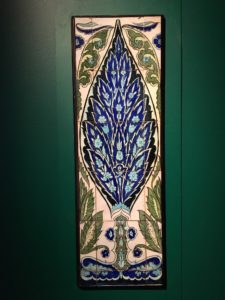
 This balance began to fall apart in the 14th century, when the trend to isolate the non-Christian communities intensified, resulting in segregation laws and Jewish and Moorish quarters. Discrimination against Jews and Muslims grew steadily culminating in the Edict of Expulsion – signed by King
This balance began to fall apart in the 14th century, when the trend to isolate the non-Christian communities intensified, resulting in segregation laws and Jewish and Moorish quarters. Discrimination against Jews and Muslims grew steadily culminating in the Edict of Expulsion – signed by King 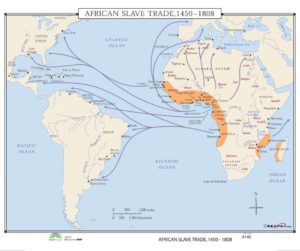
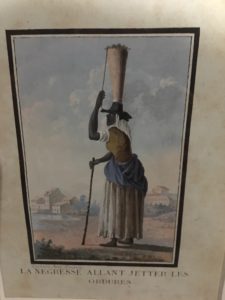 The dirtiest work practiced by enslaved African women was that of collecting and carrying human waste, because of the weight of the excrement pot, its filthy content and the long distances they had to travel with it on their head. Not only in ancient Lisbon was the black women the hand that cleaned, even in our modern society this phenomenon continues to be very persistent!
The dirtiest work practiced by enslaved African women was that of collecting and carrying human waste, because of the weight of the excrement pot, its filthy content and the long distances they had to travel with it on their head. Not only in ancient Lisbon was the black women the hand that cleaned, even in our modern society this phenomenon continues to be very persistent!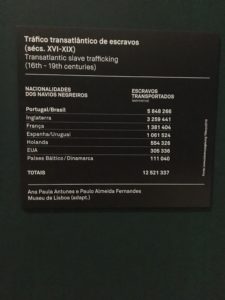
 The introduction of sugar cane farming by the Portuguese into Madeira towards the first half of the 15th century – some decades before Columbus discovered America – meant that sugar could be exported, at first through Lisbon and then directly to the ports of Flanders (Antwerp and Bruges). In this way the consumption of the ‘white gold’ spread across the whole of Europe, altering people’s eating habits.
The introduction of sugar cane farming by the Portuguese into Madeira towards the first half of the 15th century – some decades before Columbus discovered America – meant that sugar could be exported, at first through Lisbon and then directly to the ports of Flanders (Antwerp and Bruges). In this way the consumption of the ‘white gold’ spread across the whole of Europe, altering people’s eating habits.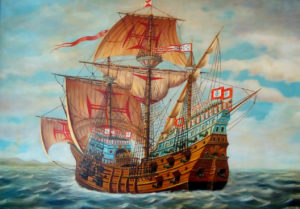 Although the archipelago of Madeira – geographically isolated in the middle of the Atlantic Ocean – had already been shown on earlier maps, it was only in 1418 that the first Portuguese navigators landed on the island of Porto Santo and subsequently discovered the much bigger island, Madeira.
Although the archipelago of Madeira – geographically isolated in the middle of the Atlantic Ocean – had already been shown on earlier maps, it was only in 1418 that the first Portuguese navigators landed on the island of Porto Santo and subsequently discovered the much bigger island, Madeira.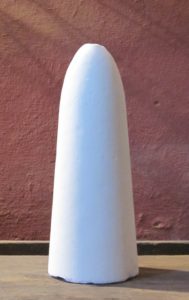 The newly introduced sugar-based economy called for important innovations such as ‘sugar mills’ and ‘grinding stones’, together with the use of special moulds that gave rise to the famous ‘sugarloaves’, the form in which refined sugar was produced and sold until granulated and cube sugars were introduced in the late 19th century. A tall cone with a rounded top was the end-product. The larger the loaf the lower the grade of sugar. A common size that time was 6.4 kg but the finest sugar from Madeira came in small loaves of only 1.4 to 1.8 kg.
The newly introduced sugar-based economy called for important innovations such as ‘sugar mills’ and ‘grinding stones’, together with the use of special moulds that gave rise to the famous ‘sugarloaves’, the form in which refined sugar was produced and sold until granulated and cube sugars were introduced in the late 19th century. A tall cone with a rounded top was the end-product. The larger the loaf the lower the grade of sugar. A common size that time was 6.4 kg but the finest sugar from Madeira came in small loaves of only 1.4 to 1.8 kg.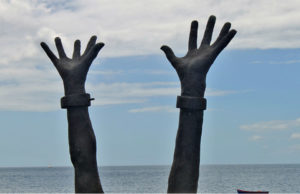 From the very beginning of its origins in Madeira, production completely relied on the use of slave labour. Captives were taken along the coast of North and West Africa and brought to work at the sugar mills. When the sugar production in the much vaster territory of Brazil got underway in the 16th century, Madeira lost its privileged position. Sugar from South America was simply cheaper.
From the very beginning of its origins in Madeira, production completely relied on the use of slave labour. Captives were taken along the coast of North and West Africa and brought to work at the sugar mills. When the sugar production in the much vaster territory of Brazil got underway in the 16th century, Madeira lost its privileged position. Sugar from South America was simply cheaper.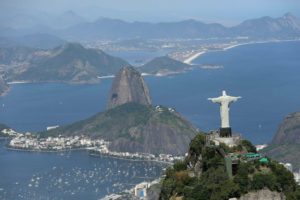 Sugarloaf mountain (
Sugarloaf mountain (